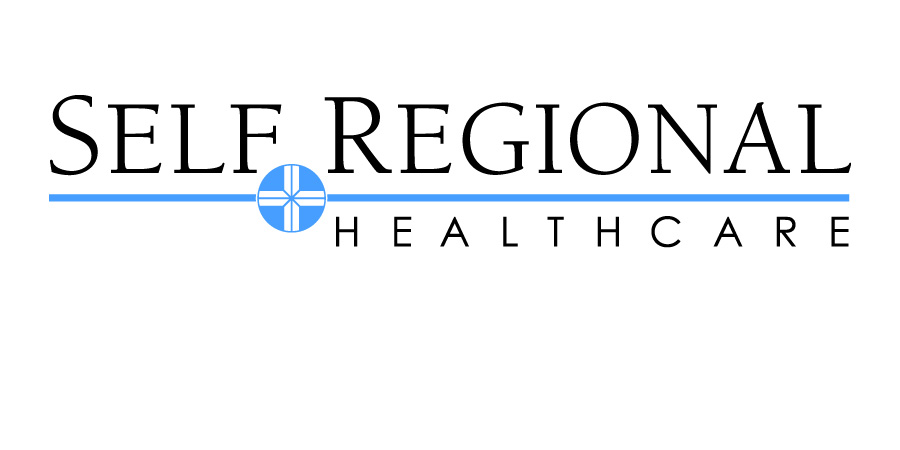Information
-
Audit Title
-
Document No.
-
Client / Site
-
Conducted on
-
Prepared by
-
Location
-
Personnel
CVS
Insertion
-
4.B.1<br>The hospital can provide evidence that only properly trained personnel who demonstrate competence for insertion of central intravascular catheters are given this responsibility.
-
4.B.2<br>Hand Hygiene is performed before and after insertion.
-
4.B.3<br>Maximal barrier precautions are used for insertion (includes use of cap, mask, sterile gown, sterile gloves, and a sterile full body drape).
-
4.B.4<br>>0.5% chlorhexidine with alcohol is used for skin antisepsis prior to insertion (If contraindicated [e.g., neonatal population], tincture of iodine, an iodophor, or 70% alcohol can be used as alternatives).
-
4.B.5<br>Sterile gauze or sterile, transparent, semi-permeable dressing is used to cover catheter site (may not apply for well-healed tunneled catheters).
-
4.B.6<br>If the femoral site is used for central venous catheter insertion for adults, justification for this site is in the medical record.
-
4.B.7<br>Central venous line insertion and indication are documented.
Access and Maintenance
-
4.B.8<br>The hospital can provide evidence that only properly trained personnel who demonstrate competence for access and maintenance of central intravascular catheters are given this responsibility.
-
4.B.9<br>Hand hygiene is performed before and after manipulating catheter.
-
4.B.10<br>Dressings that are wet, soiled, or dislodged are changed promptly.
-
4.B.11<br>Dressing is changed with aseptic technique using clean or sterile gloves.
-
4.B.12<br>Access port is scrubbed with an appropriate antiseptic (chlorhexidine, povidone iodine, an iodophor, or 70% alcohol) prior to accessing.
-
4.B.13<br>Catheter is accessed only with sterile devices.
-
4.B.14<br>Need for central venous catheters is reviewed daily and documented with prompt removal of lines when no longer needed.
















